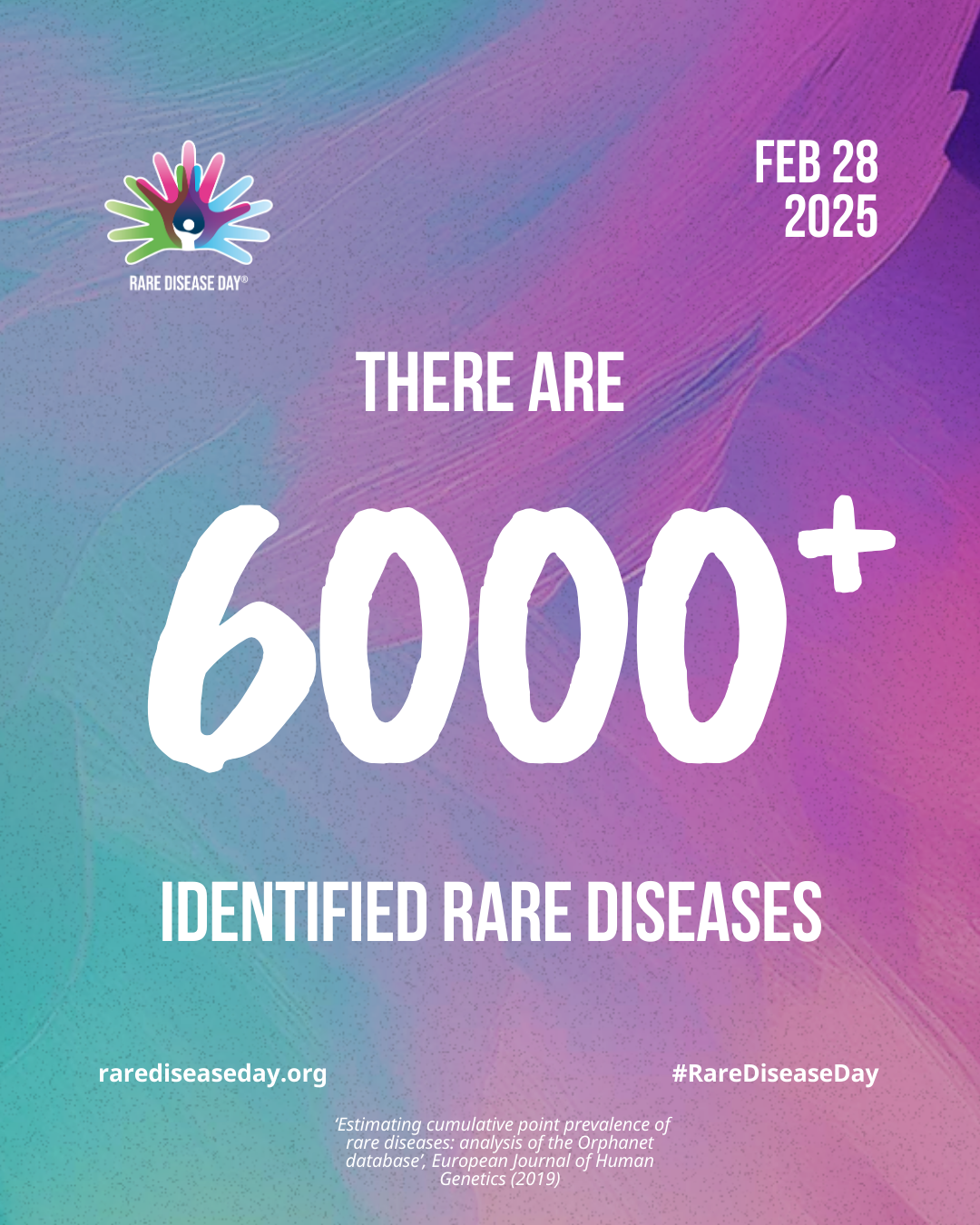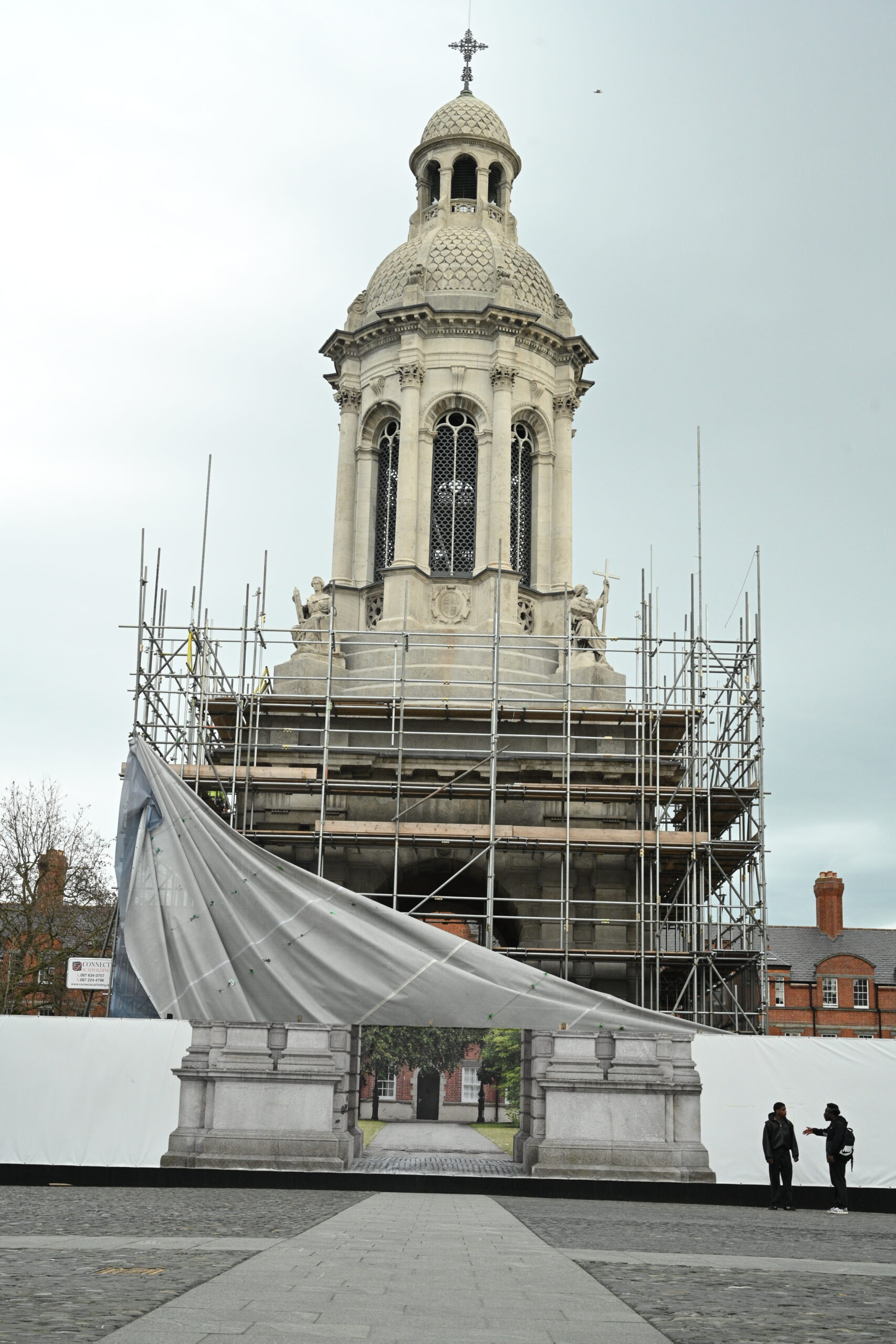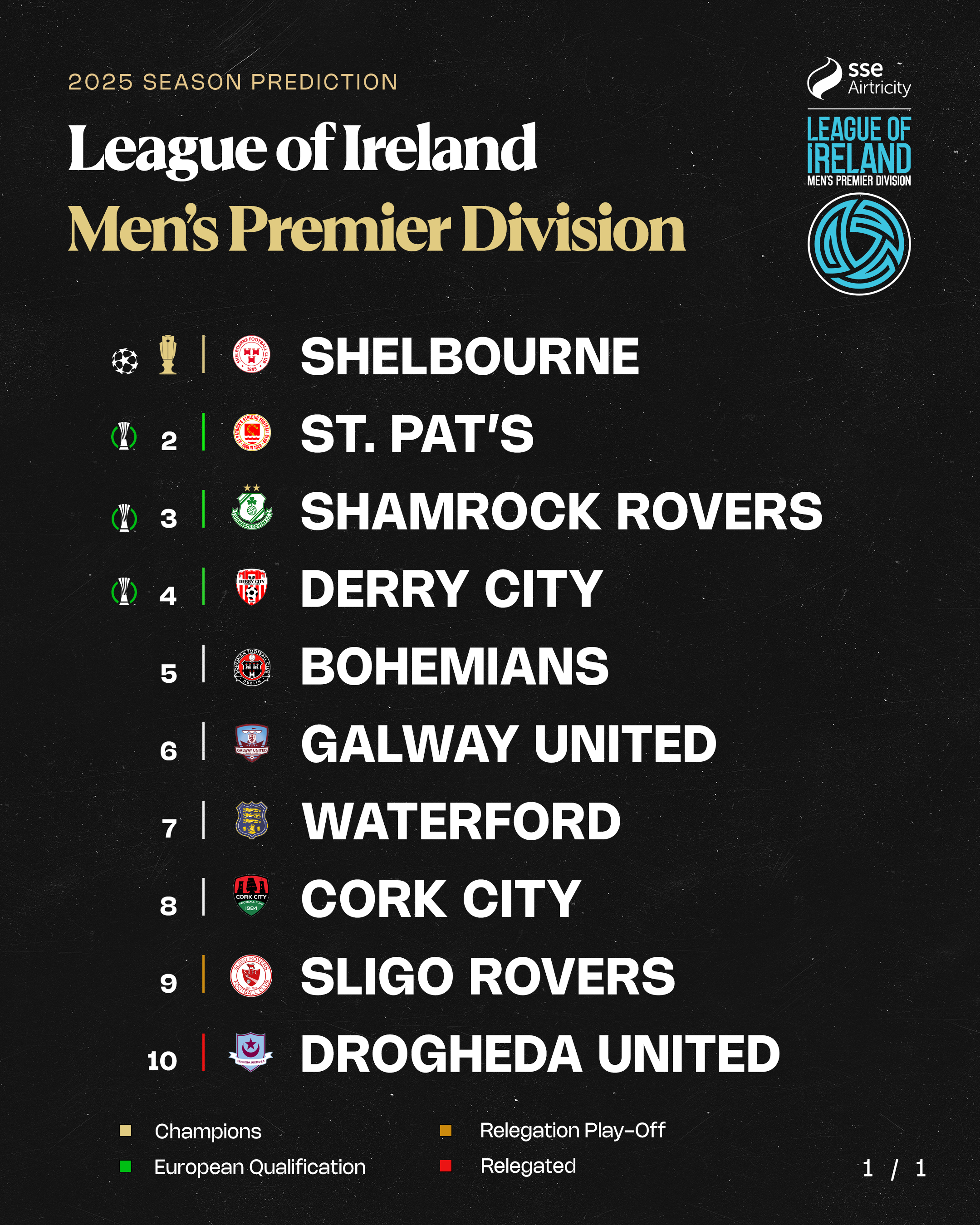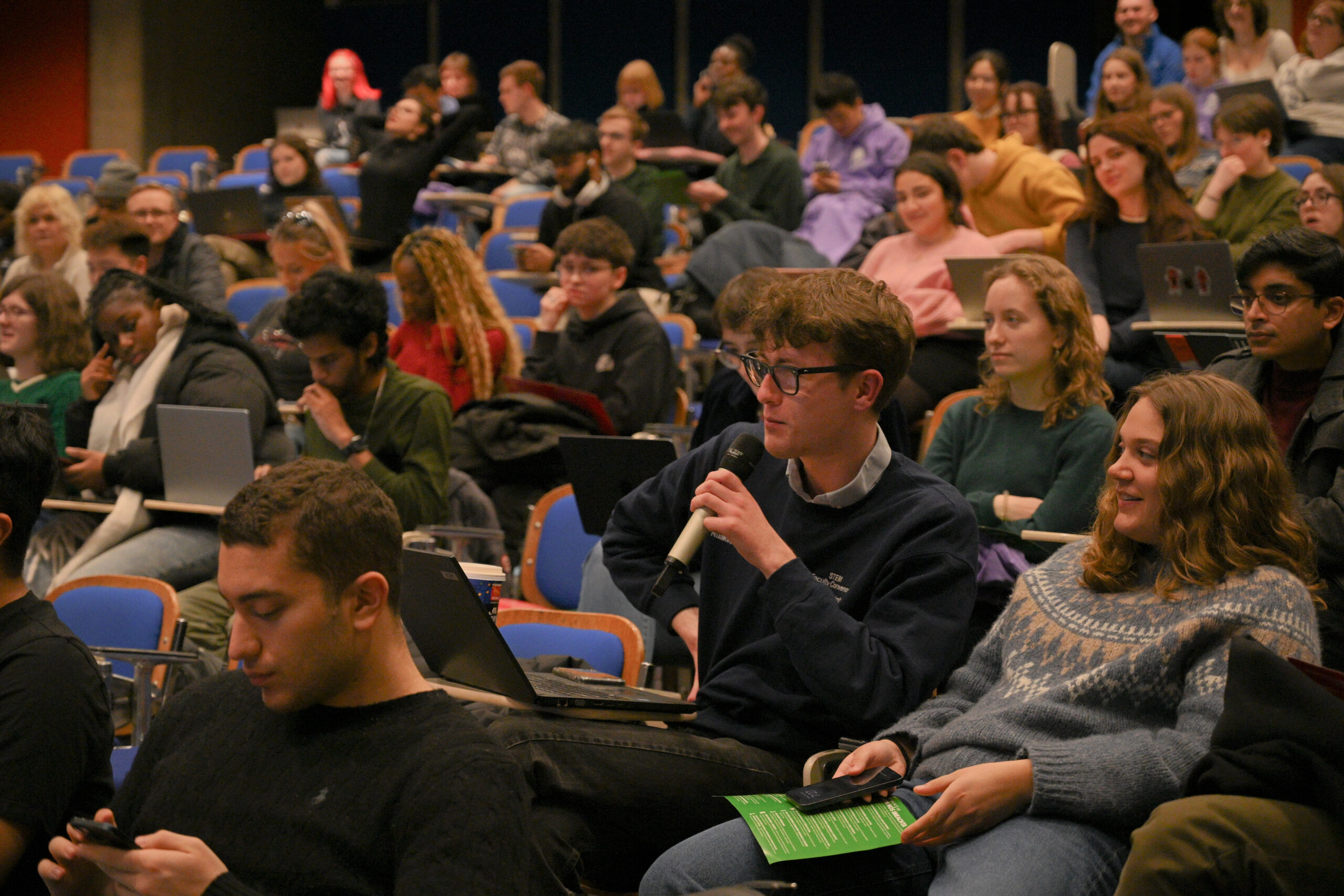
For students of the Arts Block, the word “anthology” may be synonymous with reading lists, tutorial preparation and essay deadlines – depending on how close to the wind you choose to sail. But how often does anyone stop to think about the anthologists who work tirelessly to curate careful collections so that you have something to peruse in the dwindling hours before a deadline?
For her latest highly-anticipated anthology, The Art of a Glimpse, award-winning writer, editor and broadcaster Sinead Gleeson “read about 15/16000 stories”. “I mean, often you’d read 30 or 40 stories by somebody just to find [the] one”, she tells The University Times over a recent Zoom call. Gleeson’s latest anthology, which was published last week, is a collection of 100 Irish short stories spanning a myriad of genres, themes, locations and household names, over the last 150 years.
The book, which is one of a signature anthology series published by Head of Zeus, “is arranged alphabetically so you’re going to be brought back and forward in time”, Gleeson explains. “You literally won’t know what’s going to happen when you turn the next page and I love that as a reader.” Alongside this joyous unpredictability, Gleeson has carefully manipulated the landscape of a collection spanning 150 years “to represent what [she] feels is contemporary Ireland”.
Gleeson strove to platform marginalised voices, ones that speak to the diversity of modern life. However, with only existing works to pull from, this was no easy task . “You can go back, not that far actually, and find anthologies that don’t have any queer or LGBT stories because people wouldn’t have published them”, she says, explaining that many of the stories she pursued had gone out of print, been pilfered from archives or were without an attainable copyright due to a combination of old-age and neglect. “That haunts you forever”, she assures me with deep candour “– “the one story that got away”.
While the inability to commission new work posed some difficulties to Gleeson in her bid to compile contemporarily-minded content, she includes work penned as recently as 2020 by Chiamaka Enyi-Amadi. Despite her celebration of people of colour, traveller and LGBTQ+ voices, among other perspectives, Gleeson hopes that when another anthologist comes along in two or three years, “there’ll be more of those voices and they won’t be so hard to find”.
The work of a good anthologist is chiefly consumed with uncovering hidden or indeed, forgotten gems.
This being said, the work of a good anthologist is chiefly consumed with uncovering hidden or indeed, forgotten gems. One such writer is Norah Hoult, who Gleeson published in her previous anthology The Long Gaze Back. In this collection, Hoult’s story “is about a couple who have an agreement that the wife sleeps with other men for money”. It’s “very sex positive” and “quite comic” Gleeson notes, “and to think it had been published in the 1930s in Ireland by a woman is really staggering”.
Despite publishing 26 books before her death in 1984, thereby having more of her work banned than either Edna O’Brien or John McGahern, Hoult is “virtually forgotten”. The featured story “Nine Years is a Long Time” for instance, is also the title of a collection no longer in print, which even earnest academics simply can’t get their hands on, Gleeson explains. “It happens to people who are on the margins and sometimes that’s women, sometimes that’s people of colour – people who are writing outside of the traditional canon.”
In this vein, Gleeson made no conscious effort to honour works already cherished within the canon, such as Elizabeth Bowen’s story “Her Table Spread”, which is already “in practically every Irish anthology”. When picking her steps as an anthologist, Gleeson frequently found herself trying on the reader’s shoes. To this end however, she does acknowledge: “I like to find something new but there’s a comfort in reading the writers that we know and love as well.”
Gleeson asserts that her pursuit would have been ill-fated from the off had it not been for the Trojan work of academics. One of her greatest finds, thanks to an academic treasure trail, was Elizabeth Cullinane, who died only this year, having published two collections and a number of stories in The New Yorker. Despite her achievements, when Gleeson references her in conversational passing, as with Hoult, she’s often met with the response “I’ve never heard of her”.
I like to find something new but there’s a comfort in reading the writers that we know and love as well.
Her story in the collection follows a bad date with a man in Howth, which Gleeson considers an elegiac, yet “relatable story of wanting somebody that you know isn’t good for you”. With a slow smile, she adds: “What I will say to you is that the man in the story is a man who’s also in this book. So, he’s in the book twice, if you like!”. Who says that literary anthologies aren’t rife with sumptuous secrets and intrigue?
The Art of a Glimpse has lots to tickle – even tired – literary taste buds, including A Bram Stoker story which some “people might just immediately see and go: okay, vampires”, but is actually a comic tale drawing little comparison to his famed work. Similarly, household names Roddy Doyle and Jennifer Johnston have assuaged expectations by gracing this collection with ghost stories. Elsewhere, Keith Ridgway’s story occupies a mere sentence, while Wendy Erskine’s is “77 fragments about a made-up Syd Barrett-esque pop star who’s a bit of a disaster”.
Gleeson hopes that these endearing eccentricities will show budding writers that there “isn’t one way to write a short story”. The Irish short story has “been in a constant period of evolving” she outlines, referencing a late 19th century trend towards a lengthy chaptered form and tropes of the countryside, emigration, loss or the token priest. “But I hope we will always remember it’s okay to write a story about a lonely girl on a farm in the middle of nowhere”, she sidesteps, describing universality and durability as any story’s most valuable assets.
Gleeson also praises “brilliant literary journals that are letting people find their feet … before they take the deep breath that’s required for the novel”. The short story, in particular, “is an ideal place for learning how to write”, she believes, expressing hopes that when the next generation pick up their pens, it’ll be in pursuit of “more experimentation, more strangeness, more weirdness but also, just more beauty – more good writing!” Short story writing “is a big field” that will never become full, she reinforces – “so don’t panic!”






